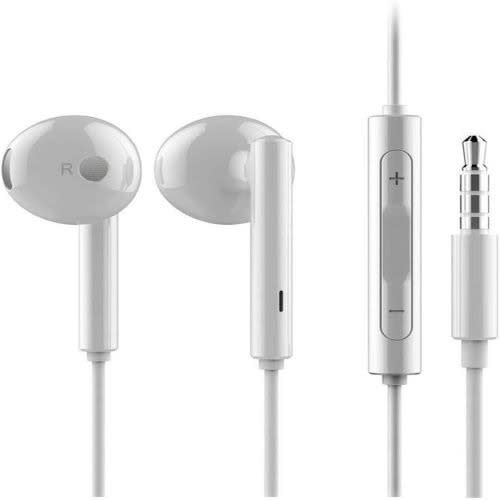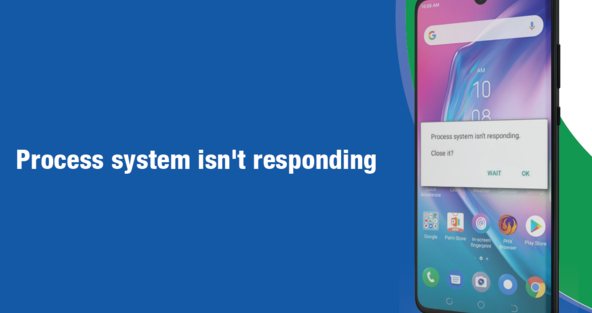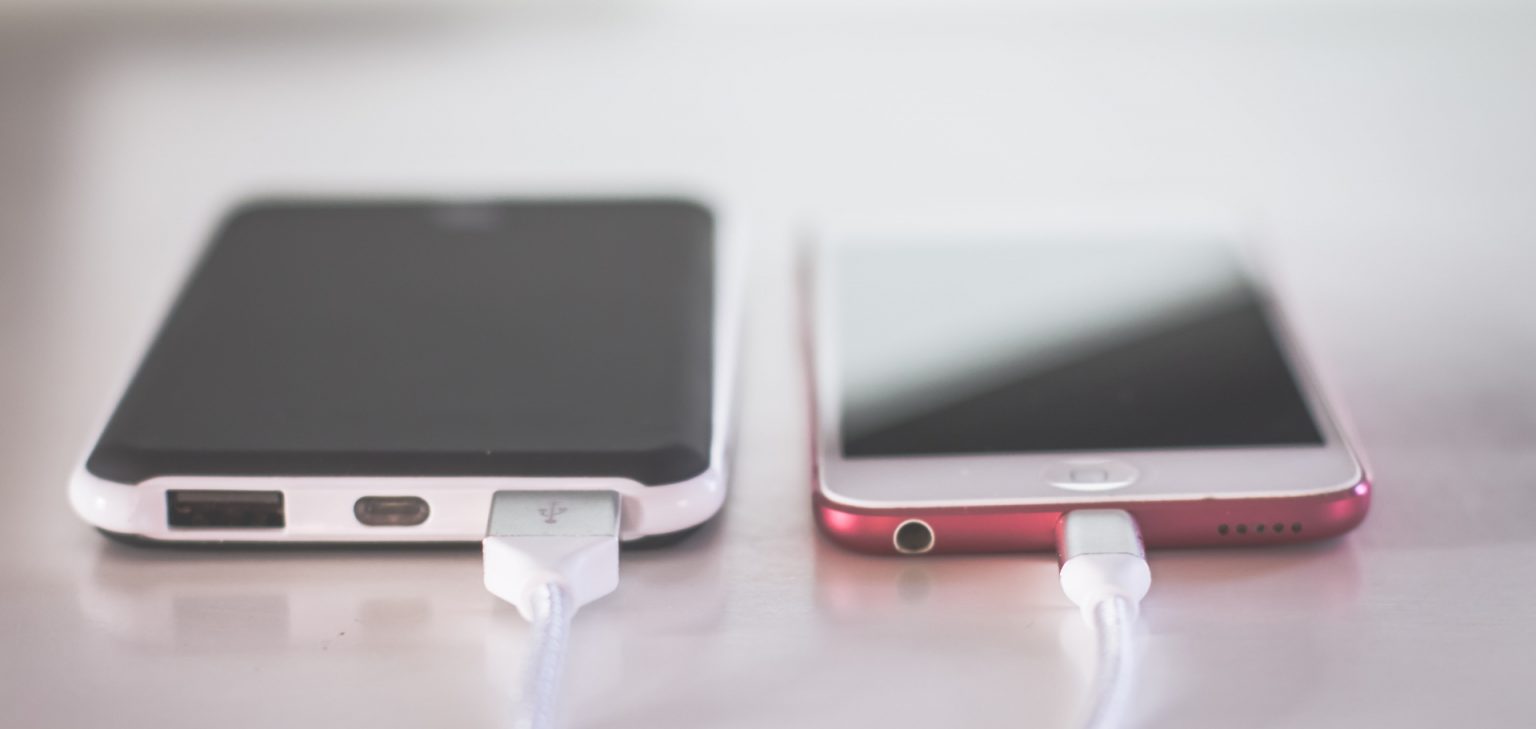Common Mobile Phone Problems and How to Fix Them
By Abraham Miller
 Even now that smartphone technology seems to be near the climax, it’s not always perfect. And at some times, we wish not to face the common mobile phone problems like poor battery life, low storage space, low stamina, and others again. But thank goodness, you can fix common mobile phone problems in minutes, even consulting no one. And in this guide, we’ll run through various familiar smartphone issues, and we’ll recommend the quickest ways to fix them.
Even now that smartphone technology seems to be near the climax, it’s not always perfect. And at some times, we wish not to face the common mobile phone problems like poor battery life, low storage space, low stamina, and others again. But thank goodness, you can fix common mobile phone problems in minutes, even consulting no one. And in this guide, we’ll run through various familiar smartphone issues, and we’ll recommend the quickest ways to fix them.
Ready? Get on the bus and let’s take you on a journey!
common mobile phone problems and how to fix
10 common mobile phone problems and how to fix them!
We’ve picked these 10 problems out of the lot since they’re the ones you likely may face while in entanglement with your tiny pocket machine.
- Storage space running out
- Poor battery life
- A phone running sluggishly
- Overheating
- Connection problems
- App or phone crashing
- Blurry camera
- An unresponsive phone
- A phone that won’t turn on or charge
- Hardware defects
- Now, shall we delve into them and their possible fixes?
1. Storage space running out
One of the common mobile phone problems people still face to date is low storage space. It doesn’t matter if you’ve got a phone with 128GB of storage or more; your phone would certainly run out of capacity after storing a whole lot of things on it.
Well, the solution is that you almost don’t have to store anything on your phone, talk less of filling up the storage, in today’s era. Even if all you have is 32GB of storage or less, you can live happily without worrying about the messy “Storage space running out” notifications.
First, we’d recommend you scan your device with the Files by Google app from the Play Store. The app tells you everything taking up your phone storage and help you get rid of them comfortably.
Additionally, you should delete every app, video, and other files you don’t need on your device.
Continue by backing up your photos (and videos) to the cloud with Google Photos. Doing so allows you to delete the heavy local files to reduce storage usage. Not just that, your photos (and videos) remains in the cloud forever and syncs across all your devices that have your Google account signed into.
Finally, you may consider transferring your stuff to the SD card to reduce the stress on your phone storage. Of course, many phones in 2021 still offers expandable storage.
2. Poor battery life
We can’t but emphasize how beautiful it is to go all day without feeling frustrated to see the low battery warning.
And while your battery spec has more to say about having great battery life, it all boils down to how you use your phone – specifically the screen and other activities that may follow.
Start by lowering the screen’s brightness. You should see the brightness slider in the Quick Settings by swiping down twice from the top of your phone screen. The brighter your phone screen is, the faster it burns your battery.
And if you don’t want to keep adjusting the brightness in every lighting condition, you can enable Adaptive Brightness. That adjust your screen brightness automatically based on the lighting condition of your current environment. You can find the Adaptive Brightness (A) beside the brightness slider or via Setting > Display > Adaptive Brightness. Right there, also reduce your screen timeout to ensure your display is not using an extra battery when you’re not using it.
Additionally, if your phone has an AMOLED display – like the TECNO PHANTOM X – and it runs on Android 10 and above, turning on Dark Theme is another reliable way to reduce how much battery your screen uses.
And finally, if your battery is still dying fast, be sure to check these extra 15 tips to make your phone battery last longer. Or better still, you may check whether your phone’s battery is due for replacement.
3. A phone running sluggishly
For most of us, a slow-running phone is somewhat equivalent to having a bad day. But that shouldn’t be the case since you’re here.
And in most cases, fixing a slow-running phone is practising most of the tips we’ve said earlier and the later ones in this article. These include freeing up your phone storage, deleting apps you don’t need, reducing background tasks and apps, etc.
That’s not all; all the tips covered in our “how to fix a phone running slow” guide should help you out. But there’s one more thing: adjusting your phone’s animation duration can speed up your phone heavily.
You can’t find where to reduce your phone’s animation duration straight in the device settings app – you’ll need to delve into the developer options to see the little trick. Here’s how.
First, enable Developer option:
Open the Settings
Navigate to My Phone (or System → About Phone, depending on your OEM’s choice)
From there, find the tab labelled Build number and tap it 7 times.
You’ll receive a prompt to confirm your screen lock. Confirm it and wait to test your new trick.
Now, it’s time to reduce the animation speed:
Go back to the main Settings and select
Tap the Developers option from there.
Keep scrolling down till you get to the “Drawing”
Under it, you should see “Window animation scale,” Animator duration scale,” and “Transition animation.”
Tap them one after the other and change their parameters to “Animation 0.5x”
Your device should feel snappier now. You may also set the animation scale to “Animation off,” but that’d remove animations for your phone entirely.
Meanwhile, do not tinker with the developer settings if you don’t know what you’re doing. Playing with the wrong options may affect your user experience.
4. Overheating
While it’s acceptable for your smartphone to get warm while using it, that doesn’t mean it should feel like it has been in the oven for a while. Do you get it?
If your phone overheats while charging, try not to use it during that time. And, ensure you keep it under room temperature while charging.
Next, you want to ensure you don’t run apps that need high CPU and GPU for long hours. If you’re a game addict, ensure to take breaks between games sessions to allow your phone to cool off. Similarly, make sure you don’t have many heavy tasks running in the background.
After all, the takeaway is to allow your phone to rest once it’s getting hot. Using a hot phone continuously may cause more harm than good. And if the issue persists, however, you may need to see a technician.
5. Connection problems
Unlike most of these common mobile phone problems, the pain of having connection issues is nothing to write home about. But’s it’s what you can fix in under 2 minutes.
Whether you’re having a problem connecting to your mobile data, a Wi-Fi network, or a Bluetooth gadget, turning on Airplane mode for a least one minute is a reliable solution. Here’s how.
Locate the Airplane toggle in your Quick Settings panel.
Turn it on for at least 1 minute
Turn it off again, then try reconnecting to the network.
If that didn’t do the trick, we recommend you to restart your device or contact your network provider.
And of course, you can get more tips in our guide on “how to fix internet connection problem on your device”
6. App or phone crashing
App and phone crashing seem like that problem you can’t but come across on mobile phones, even if you’re using the most expensive phone out there. The reason is developers make changes, and sometimes it breaks things.
Even so, your phone caches some app data on your phone to use later. However, they cause apps to crash when corrupted. In that case, you need to clear the cache data for the specific app. Here’s how:
Locate the problematic app from your app drawer. Example:
Long press on its icon, then select “App info” (on some devices, they may represent the button with
From there, tap Storage & cache
Hit Clear cache.
Go back in one step and tap the Force Stop button to close the app. Then, try using the app to see if it misbehaves again. If yes, then you may need to tap the Clear data button as well.
Additionally, updating your apps and phone software, freeing up your phone storage, deleting unused apps, and all the tips mentioned in our “How to fix app crashing on Android” guide will help you get rid of the issue.
7. Blurry camera
It’s undeniable that smartphones have replaced Digital Cameras for many people. But it’s quite frustrating to see your phone taking mediocre pictures unexpected.
When such a thing happens, your phone’s camera lens (glass) might be dirty. All you need is to grab a piece of a soft cloth and wipe the camera glass.
If cleaning the lens is not the problem, however, it’s time to visit the technician.
8. A frozen/unresponsive phone
Imagine having your phone freeze up in the middle of an important task… I’ve been there, and it’s just one of the most frustrating common mobile phone problems out there.
And when your phone becomes unresponsive, there’s nothing you can do other than restarting it. But how do you restart your phone when the screen is completely frozen? We have a trick.
For most Android devices, long-pressing the power button for about 10 seconds or more will trigger it to restart. And when your device restarts, it fixes the hanging issue.
After your phone’s sense is restored via the hard restart, you should learn how to fix a frozen phone by yourself, so you won’t face the problem next time.
9. A phone that won’t turn on or charge
Another worst-case scenario of a smartphone issue is a phone that won’t turn on or charge. No matter how hard you try, the phone remains in its dumb state, feeling useless like a piece of brick.
When you face such a problem, though, you don’t have to panic. There are two things you need to troubleshoot – the charger/charging port and the phone itself.
Start by learning how to clean the charging port. Basically, you need to get a toothpick to remove the debris inside the charging port. Your phone may not charge when the charging port is faulty. But cleaning it gently could fix the problem.
After that, you’ll want to confirm your charger is working, then leave your phone to charge for a while. If the battery ran all the way to zero earlier, it might take a time to recharge. So, let it charge while you do other things.
If that didn’t fix the issue, check our complete guide on how to fix a dead Android phone that won’t charge or turn on.
10. Hardware defects
The last common smartphone problems we’ll mention here are hardware defects. These range from faults like poor battery life, broken screen, hardware sound problems, broken camera lenses, and many more.
As you presumably know, these are not the issues you can fix on your own. With that, you need to find the official repair centre for your brand to resolve the issues.

















 Even now that smartphone technology seems to be near the climax, it’s not always perfect. And at some times, we wish not to face the common mobile phone problems like poor battery life, low storage space, low stamina, and others again. But thank goodness, you can fix common mobile phone problems in minutes, even consulting no one. And in this guide, we’ll run through various familiar smartphone issues, and we’ll recommend the quickest ways to fix them.
Even now that smartphone technology seems to be near the climax, it’s not always perfect. And at some times, we wish not to face the common mobile phone problems like poor battery life, low storage space, low stamina, and others again. But thank goodness, you can fix common mobile phone problems in minutes, even consulting no one. And in this guide, we’ll run through various familiar smartphone issues, and we’ll recommend the quickest ways to fix them.